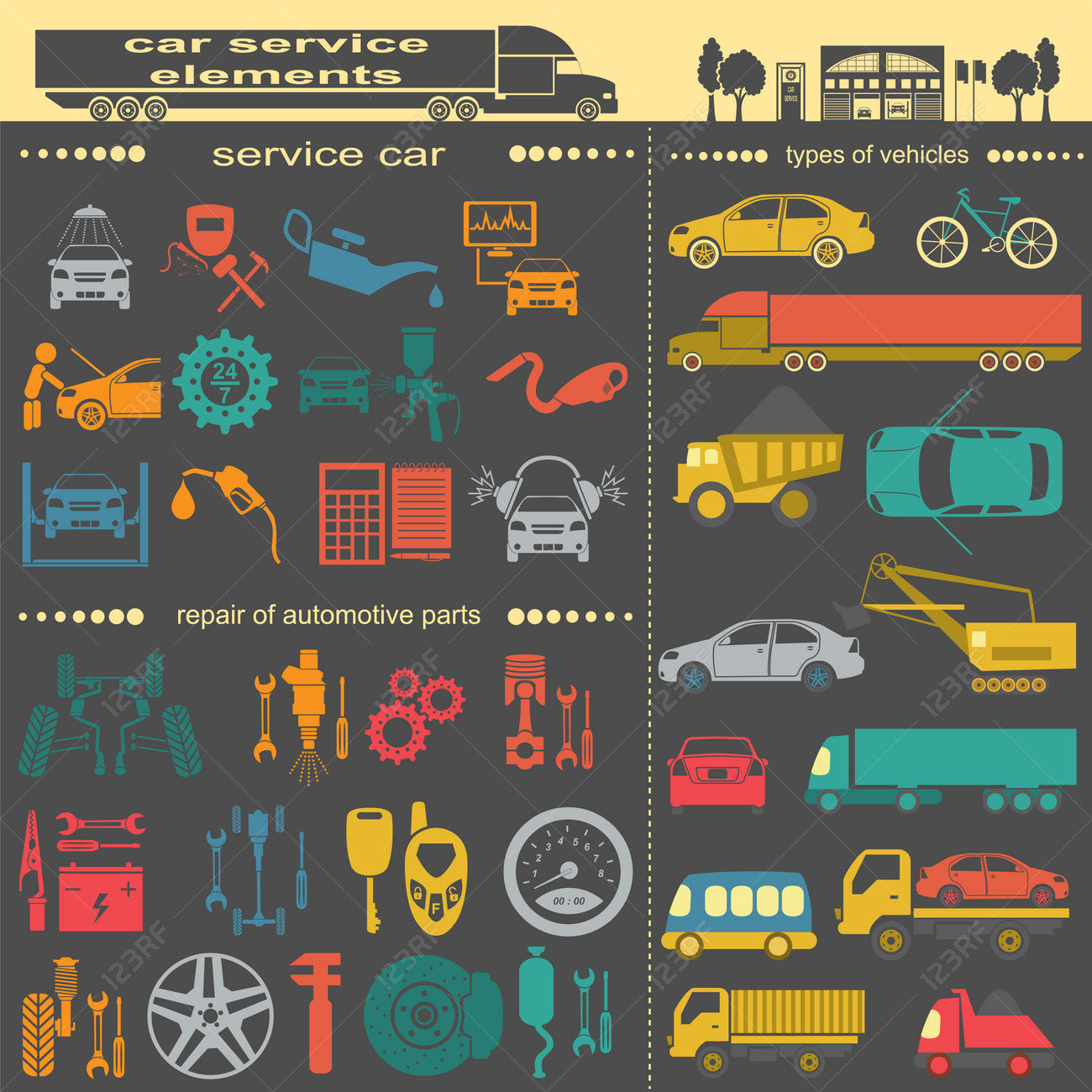Recognizing Your Automobile'S Caution Lights: What Do They Actually Mean?
Recognizing Your Automobile'S Caution Lights: What Do They Actually Mean?
Blog Article
Produced By-Vinson Alvarado
When you're behind the wheel, those beautiful warning lights on your control panel can be a bit bewildering. Do you understand what they're attempting to inform you regarding your automobile's health? Comprehending the significance of these lights is important for your safety and the long life of your vehicle. So, the following time one of those lights pops up, wouldn't you intend to decipher its message properly and take the necessary steps to resolve it?
Common Warning Lighting and Interpretations
Recognize usual caution lights in your auto and understand their definitions to make sure secure driving.
One of the most normal caution lights consist of the check engine light, which signals issues with the engine or emissions system. If this light comes on, it's critical to have your lorry examined promptly.
The oil stress cautioning light indicates low oil stress, calling for instant focus to avoid engine damage.
car washing service near me blinking battery light may suggest a malfunctioning billing system, possibly leaving you stranded otherwise dealt with.
The tire pressure tracking system (TPMS) light notifies you to reduced tire pressure, affecting vehicle stability and gas performance. Neglecting this could bring about dangerous driving conditions.
The abdominal light suggests a problem with the anti-lock braking system, endangering your capability to quit rapidly in emergency situations.
Finally, the coolant temperature level warning light warns of engine overheating, which can result in severe damages if not dealt with promptly.
Understanding these common warning lights will assist you attend to issues promptly and keep risk-free driving conditions.
Value of Prompt Focus
Understanding the typical warning lights in your auto is just the initial step; the significance of quickly attending to these cautions can't be highlighted sufficient to guarantee your security when driving.
When a caution light brightens on your dashboard, it's your automobile's method of interacting a possible issue that needs attention. Overlooking these cautions can lead to more serious problems later on, compromising your security and potentially costing you extra out of commission.
Trigger attention to advising lights can prevent failures and crashes. For example, a flashing check engine light can indicate a misfire that, if left ignored, could cause damages to the catalytic converter. Resolving this immediately can conserve you from a pricey repair service.
Similarly, a brake system warning light might indicate low brake fluid or used brake pads, vital elements for your safety when driving.
Do It Yourself Troubleshooting Tips
If you see a caution light on your dashboard, there are a couple of DIY fixing pointers you can attempt before looking for specialist aid.
The initial step is to consult your vehicle's handbook to recognize what the particular warning light indicates. In some cases the problem can be as easy as a loosened gas cap triggering the check engine light. Tightening the gas cap may resolve the issue.
Another usual concern is a reduced battery, which can cause various warning lights. Checking the battery connections for deterioration and guaranteeing they're safe and secure may deal with the trouble.
If a caution light persists, you can try resetting it by separating the vehicle's battery for a few mins and then reconnecting it. In addition, examining your car's fluid levels, such as oil, coolant, and brake fluid, can assist troubleshoot alerting lights related to these systems.
https://quickoilchangenearme17384.techionblog.com/30297563/would-you-such-as-to-explore-just-how-automation-and-robotics-are-changing-the-area-of-vehicle-detailing
In conclusion, understanding your car's caution lights is important for maintaining your lorry running smoothly and securely. By promptly dealing with these signals and knowing what they mean, you can avoid costly fixings and prospective failures.
Remember to consult your auto's handbook for certain details on each alerting light and do something about it appropriately to ensure a hassle-free driving experience.
Keep informed, stay risk-free on the road!
